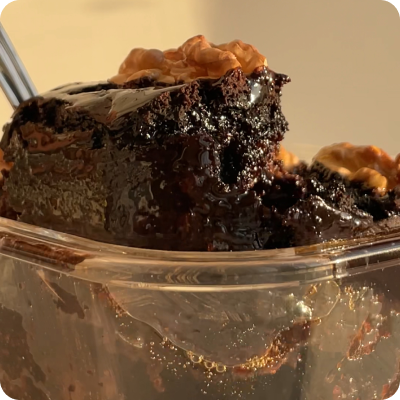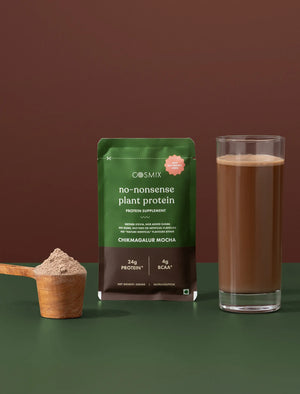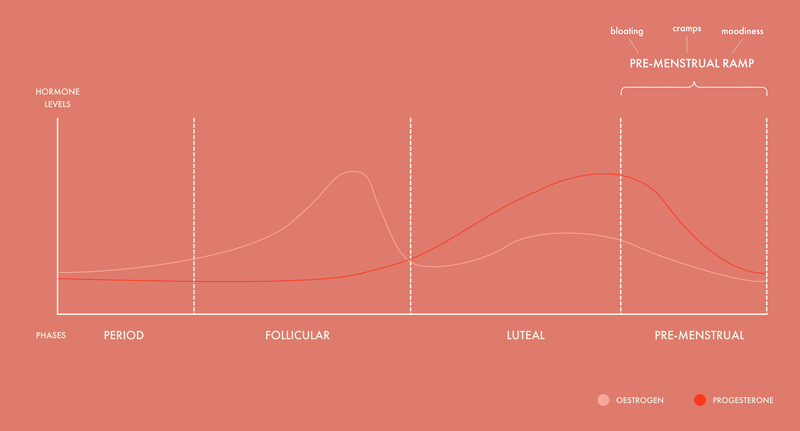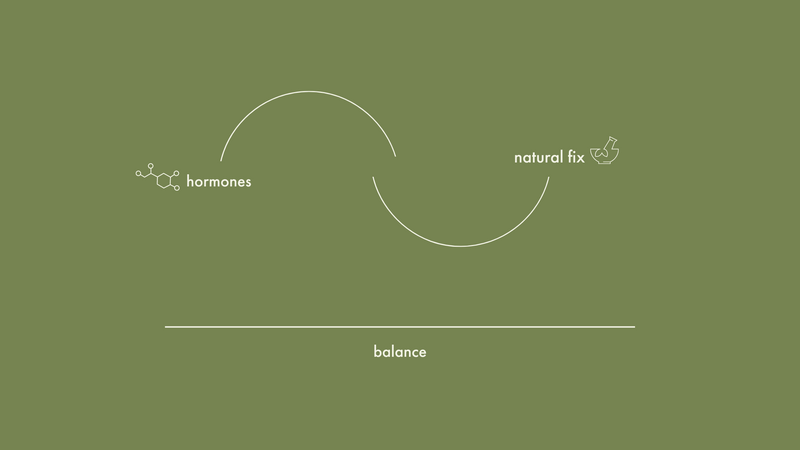Whether you’re 16 or 35, the one thing that unites women of all (menstruating) ages is period cramps, our common enemy. Those few days each month can feel like a rollercoaster ride that you never signed up for. From the throbbing pain that makes it hard to get out of bed to the sudden cramps that hit you in the middle of a meeting, it seems as if our uterus has declared a war on us.
We all have our horror stories—missing out on brunch with friends, curling up on the couch with a heating pad, or popping painkillers like candy just to make it through the day. Well, that is the usual way of life as we know it. But just because it’s become normal, doesn’t mean it has to be. Intense period cramps are an indication that our bodies need more nurturing. When I was going through my own wellness journey, I understood the importance of lipid management and how it could be the key for beating our period cramps.
Lipids 101: Good, Bad and Beyond
Enter the world of lipids, or dietary fats. Now, before you roll your eyes, thinking this is another fad diet trick, hear me out. Lipids are more than just a word you skim over on nutrition labels, they’re vital to your body’s functioning. They help with hormone production, inflammation control, and even your skin’s glow. Managing your intake of these fats can influence how your body deals with inflammation, including the pesky prostaglandins that cause period cramps. So, it’s not about ditching fats entirely, but finding the right balance to keep those cramps in check.
The Science Behind Prostaglandins and Period Cramps
Prostaglandins are these little hormone-like substances that love to stir up trouble during your period. Produced in the uterus, they cause the muscles to contract (hello, cramps!) and can lead to pain and inflammation. Now, here’s the kicker: the type of fats you eat can influence different types of prostaglandins.
Omega-6 fatty acids, usually found in a lot of processed foods, ramp up the production of inflammatory prostaglandins. On the flip side, omega-3 fatty acids, which you’ll find in fish, flaxseeds, and walnuts, can help calm things down with their anti-inflammatory properties. So, by tweaking your fat intake, you can actually tell your uterus to chill out.
How to be the master of dietary fats
So, how can you take control of your dietary fats and lessen those cramps? Here are a few strategies that have worked for me:
- Oil change is key: This has been instrumental in my journey with cramps! Vegetable oils such as sunflower, corn, soybean oil contain Omega-6 fatty acids which as we discovered above trigger PGE2. You can incorporate healthier oils which contain Omega-3 fatty acids, such as coconut oil, olive oil and groundnut oil. These foods fight inflammation and help keep the inflammatory prostaglandins in check. (1) If you’re not getting enough Omega-3s from food alone, consider taking supplements like algae oil or fish oil.
- Blood sugar management: High levels of insulin in our bodies convert Omega-6 to pro-inflammatory prostaglandins (PGE2) at a higher rate than usual. (2) This makes managing your glucose-insulin response even more important! If you want to learn more about the basics of blood sugar management, check out this blog where we dive deeper into this.
- Beans to the rescue: Research shows that peptides derived from legume proteins can actually regulate and reduce inflammatory markers such as PGE2. (3)
- Adaptogens & herbs can help: You can incorporate fennel tea in your day as research shows that fennel can help reduce PGE2 and thereby reduce cramps. (4) Nettle is an anti-inflammatory circulatory adaptogen that helps increase blood flow which helps relieve cramping. (5)
By paying attention to what you eat and focusing on a balanced, nutrient-rich diet, you can take charge of your menstrual health. While these changes might not make period cramps disappear completely, they can definitely make them more manageable. Some sort of discomfort is expected as pro-inflammatory prostaglandins are necessary for the actual shedding of the uterine line to happen. But of course that doesn’t mean that we can’t make it easier for us. So next time you’re meal planning, remember that your food choices can help you feel better and take control of your monthly cycle.
Citations:
- Elisia, I., Yeung, M., Kowalski, S., Wong, J., Rafiei, H., Dyer, R. A., Atkar-Khattra, S., Lam, S., & Krystal, G. (2022). Omega 3 supplementation reduces C-reactive protein, prostaglandin E2 and the granulocyte/lymphocyte ratio in heavy smokers: An open-label randomized crossover trial. Frontiers in nutrition, 9, 1051418. https://doi.org/10.3389/fnut.2022.1051418
- Simopoulos A. P. (2016). An Increase in the Omega-6/Omega-3 Fatty Acid Ratio Increases the Risk for Obesity. Nutrients, 8(3), 128. https://doi.org/10.3390/nu8030128
- Reyes-Díaz, A., Del-Toro-Sánchez, C. L., Rodríguez-Figueroa, J. C., Valdéz-Hurtado, S., Wong-Corral, F. J., Borboa-Flores, J., González-Osuna, M. F., Perez-Perez, L. M., & González-Vega, R. I. (2019). Legume Proteins as a Promising Source of Anti-Inflammatory Peptides. Current protein & peptide science, 20(12), 1204–1217. https://doi.org/10.2174/1389203720666190430110647
- Omidvar, S., Esmailzadeh, S., Baradaran, M., & Basirat, Z. (2012). Effect of fennel on pain intensity in dysmenorrhoea: A placebo-controlled trial. Ayu, 33(2), 311–313. https://doi.org/10.4103/0974-8520.105259
- Shamsi, M., Ganji, A., Mosayebi, G., Amirhoseiny, E. S., Shohani, S., & Ghazavi, A. (2023). Chamomile and Urtica dioica extracts improve immunological and histological alterations associated with polycystic ovarian syndrome in DHEA -induced mice. BMC complementary medicine and therapies, 23(1), 102. https://doi.org/10.1186/s12906-023-03936-7































